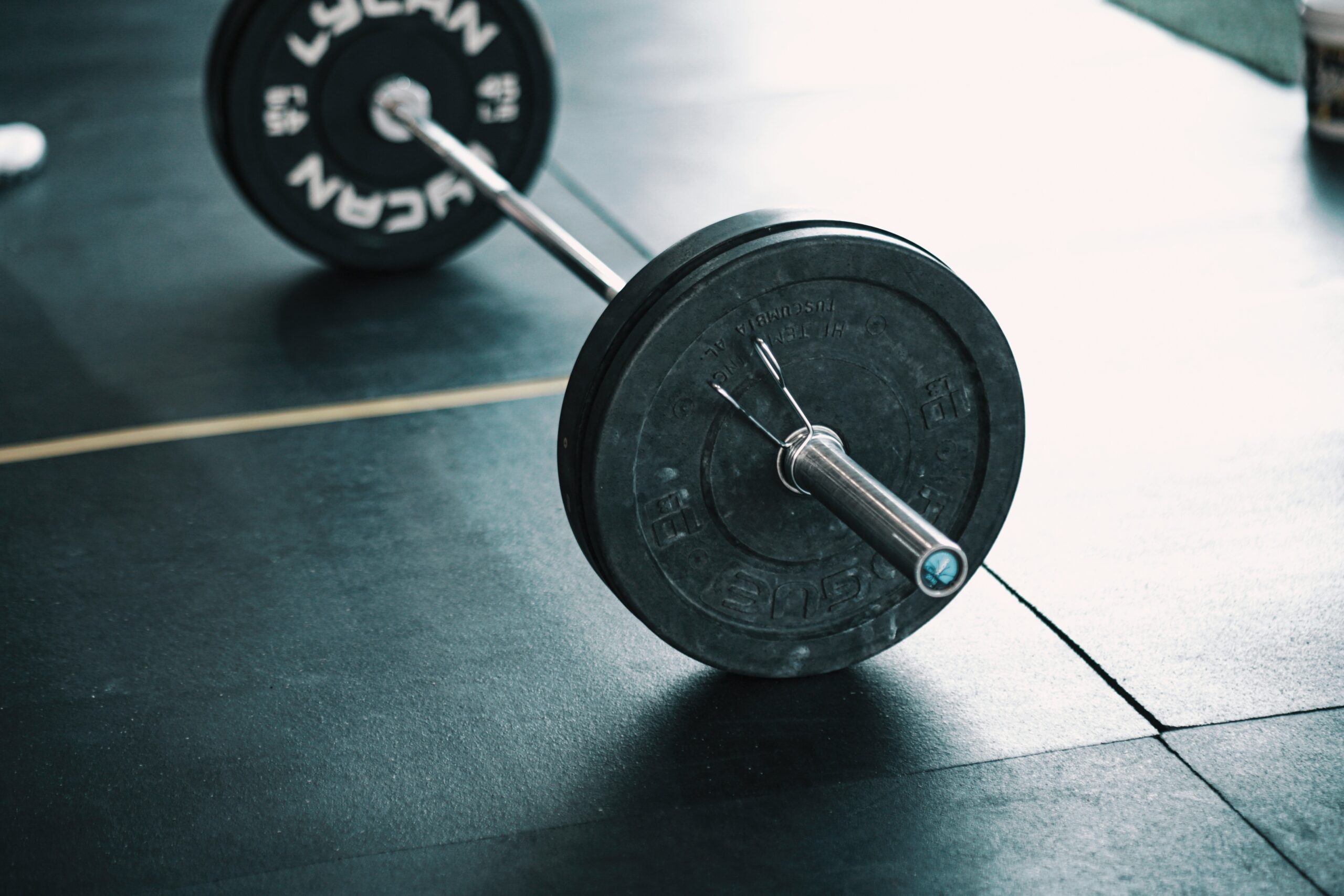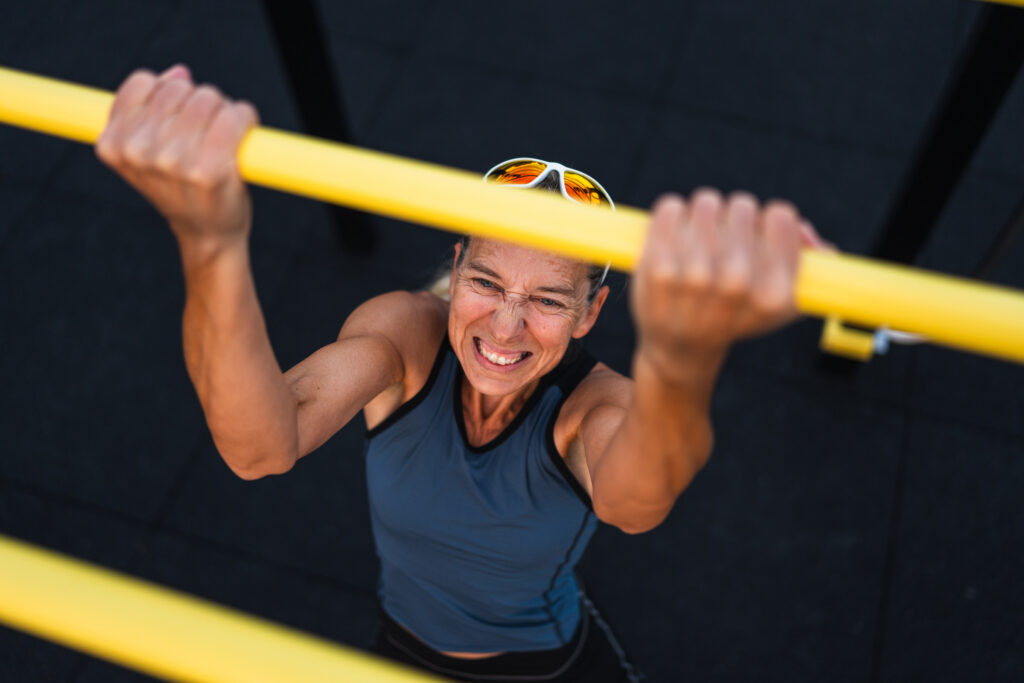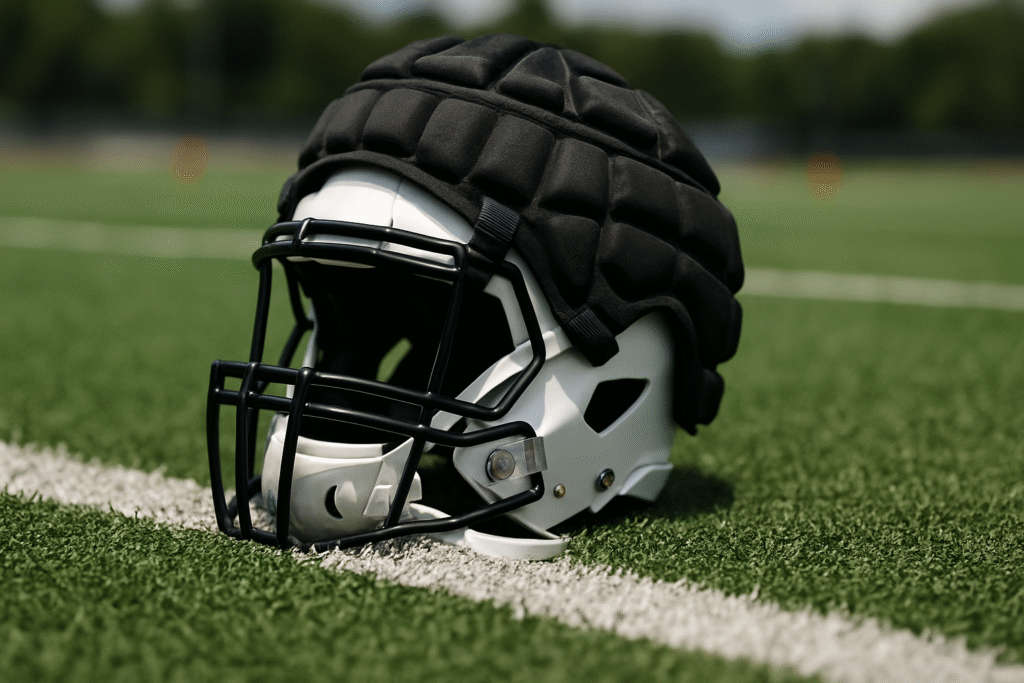Despite the well-known benefits of participating in sport, it comes with a cost: increased injury risk. Of these, hamstring strain injuries (HSIs) are some of the most frequent in sports like soccer and American football. And though not as catastrophic as anterior cruciate ligament (ACL) or Achilles tendon rupture, the burden of HSI is still high considering the time loss from training and competition, cost associated with injured athlete salary and care, and implications for team success. As a result, practitioners and researchers alike have searched for preventative measures to minimize the prevalence and burden of HSI.
Eccentric (i.e., muscle-lengthening contractions) resistance training is one of the most widely investigated preventive interventions. Despite evidence supporting the use of eccentric resistance training to induce structural changes to the muscle thought to be protective against HSI, it is unknown if these changes are different when selecting a hip-dominant (e.g., Romanian deadlift [RDL]) or knee-dominant (e.g., Nordic hamstring exercise [NHE]). Additionally, it is unclear if these changes are more pronounced in different regions along the length of the hamstring muscles.
In our prospective, randomized intervention trial presented in the August 2025 issue of Medicine & Science in Sports & Exercise®, we investigated the effects of a six-week intervention matching training volume (i.e., number of repetitions) and eccentric contraction time (i.e., time under tension during muscle lengthening) between the RDL and the NHE on regional biceps femoris long head architecture and hamstring structure. We enrolled 32 resistance-trained participants, both male and female, allocating 16 to the RDL group and 16 to the NHE group. The number of repetitions completed between the RDL and NHE groups were the same, and training intensity was matched based on participants’ rate of perceived exertion. Since progressive overload is an important factor in eliciting architectural changes, the relative training intensity was maintained by adding resistance to the exercise where appropriate. Ultrasound was used to determine the fascicle length, pennation angle (i.e., the angle at which the fascicle inserts into the intra-muscular tendon), muscle thickness and anatomical cross-sectional area.
Our primary findings were that (a) both interventions were effective at increasing fascicle length, decreasing pennation angle and increasing anatomical cross-sectional area, and (b) the results of the interventions did not differ from one another in any architectural or structural measure. Another interesting finding was that despite the hip- versus knee-dominant elements of the two exercises, both the RDL and NHE increased fascicle length and decreased pennation angle similarly across all three locations (i.e., proximal, mid-belly and distal) following the intervention, suggesting one was not better than the other at inducing structural changes in the proximal or distal regions of the muscle.
We also chose to include both male and female participants in the study, though much of the current literature has been performed with male-only participant cohorts. Although it was beyond the scope of our study to include in the published paper, we were also curious if adaptations were different between males and females. Our data showed no differences in adaptations between males and females following the resistance training, and we encourage further research with more female participants in the future.
The key takeaway from this study is that the NHE and RDL are both effective exercises for inducing beneficial structural changes to the biceps femoris long head muscle. When matching training volume, intensity and time under tension, our data suggest resistance training regimens can interchangeably include these eccentrically biased exercises, which provides practitioners with variety in their exercise selection between the RDL and NHE for eliciting adaptations thought to be beneficial for hamstring injury-prevention measures.
About the Author

Scott K. Crawford, PhD, FACSM, is an assistant professor in the Departments of Kinesiology and Orthopedics & Rehabilitation with an affiliate appointment in the Department of Biomedical Engineering at the University of Wisconsin-Madison. His research focuses on how biomechanical tissue properties change following resistance training and musculotendinous injury. Additionally, he is interested in how quantitative knowledge of these tissue properties via ultrasound imaging can be used to accelerate and optimize healing, inform evidence-based injury prevention and guide rehabilitation approaches. He currently serves on the editorial board of the Translational Journal of the American College of Sports Medicine.
Banner image courtesy of Eduardo Cano via Unsplash.




